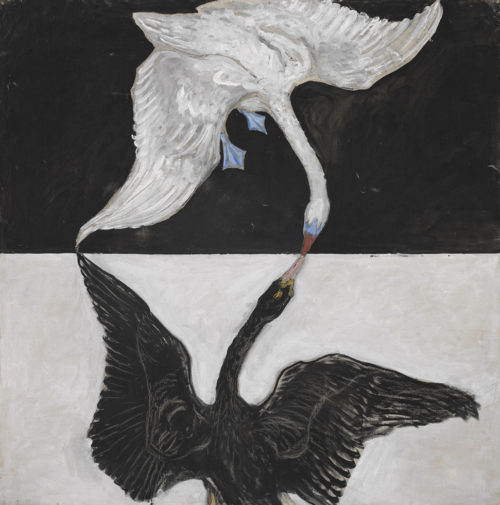Once you merge your tracks into the stream of Zen, you spend your days silencing your mind and studying with your whole being. You realize that this Great Cause is not obtained from anyone else but is just a matter of taking up the task boldly and strongly, and making constant progress. Day by day you shed your delusions, and day by day you enhance your clarity of mind.
Your potential for enlightened perception is like fine gold that is to be refined hundreds and thousands of times. What is essential for getting out of the dusts, what is basic for helping living creatures, is that you must penetrate through freely in all directions and arrive at peace and security free from doubt and attain the stage of great potential and great function.
This work is located precisely in your own inner actions. It is just a matter of being in the midst of the interplay of the myriad causal conditions every day, in the confusion of the red dusts, amid favorable and adverse circumstances and gain and loss, appearing and disappearing in their midst, without being affected and “turned around” by them, but on the contrary, being able to transform them and “turn them around.”
When you are leaping with life and water cannot wet you, this is your own measure of power. You reach an empty, solidified silence, but there is no duality between emptiness and form or silence and noise. You equalize all sorts of wondrous sayings and perilous devices and absolute perceptions; ultimately there is no gain or loss, and it is all your own to use.
When you go on “grinding and polishing” like this for a long time, you are liberated right in the midst of birth and death, and you look upon the world’s useless reputation and ruinous profit as mere dust in the wind, as a dream, as a magical apparition, as an optical illusion. Set free, you pass through the world. Isn’t this what it means to be a great saint who has emerged from the dusts of sensory attachments?
Yuanwu (1063-1135)
Uit: Zen Letters, Teachings of Yuanwu, translated by J.C. Cleary and Thomas Cleary, Shambala, Boston and London, 1994, p.22-23.
Afbeelding: The Swan, No. 1, Group IX/SUW, Hilma af Klint, 1915.
